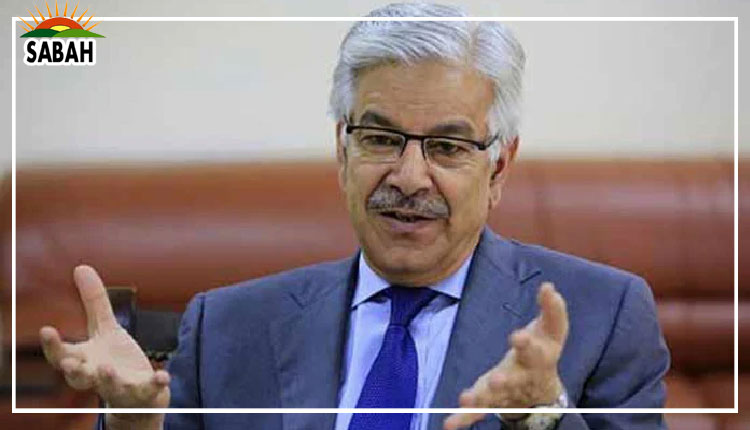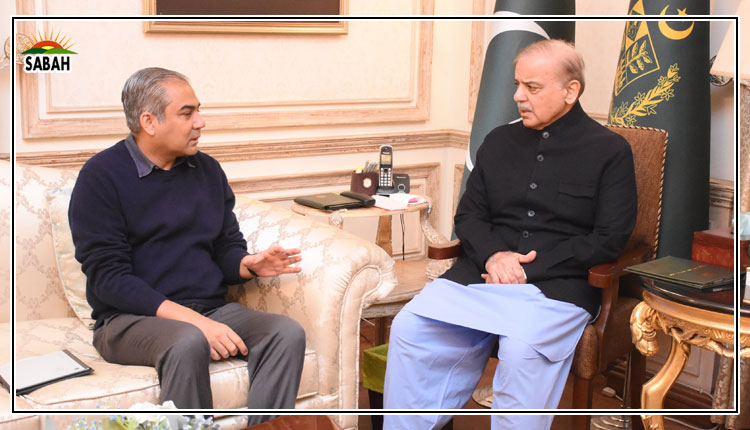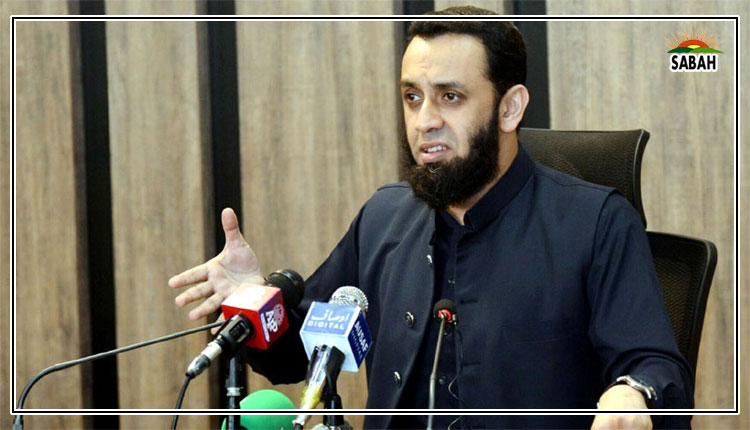Bangladesh – a victim of great power competition?… Dr Muhammad Ali Ehsan
What has happened in Bangladesh is a link in the chain of disturbing events that Asia is likely to continue to witness in the coming years and decades in the 21st Century. The reason is simple – Asia has become the heartland of the global economy and so, like never before, the interests of great powers are converging with great speed in this geographic space. When interests converge, opportunities arise but so do threats and dangers. Bangladesh belongs to South Asia and if I am not wrong South Asia is probably the only regional bloc in the world that lacks any regional organisation to bring all countries together on one platform. Home to around a quarter of the world’s population the leaders from the eight countries of this bloc – Afghanistan, Bangladesh, Bhutan, India, the Maldives, Nepal, Pakistan and Sri Lanka – look not towards each other but towards the outside world, towards the Middle East, Southeast Asia and the West.
Countries in South Asia had a regional forum by the name of SAARC but it is long dead. The last SAARC Summit was held in 2014 and since then every country in the region is for itself. The South Asian University, set up by the SAARC countries in New Delhi in 2010, is a picture of a ghost that reminds all South Asians of what SAARC was meant to achieve and what it looks like today. External forces cannot convert their power into influence if the countries in the region are united. A regional forum creates and allows that unity and also allows the countries to guarantee each other’s domestic stability and territorial integrity by agreeing and vouching for non-interference in each other’s internal affairs. Else great powers have a knack of finding ways of messing the geopolitics of regions by rebalancing strategic relations to achieve their strategic interests. Doing this they resort to punishing the small and medium powers for making choices that are contrary to great powers dictates and their vital interests. Has Bangladesh been punished? Given that Times and Forbes were repeatedly naming the Bangladeshi PM as one of the world’s most powerful people and The Economist describing her as ‘Asia’s Iron lady’, how could her political fortunes reverse in matter of days? Four great powers – the US, China, Russia and India – have great interests in the region. Has Bangladesh become a latest victim of their great power rivalry?
Bangladesh is strategically located on the hinge between South Asia and South East Asia and that makes it a country of extreme geopolitical significance in the region. The Sino-Indian rivalry, the Myanmar conflict, the political and financial crisis in Sri Lanka, the contest for power in Pakistan and the close proximity of South China Sea make the Bay of Bengal a crucial strategic space and an important future battleground in the region. To answer the question – which great power would be more interested in bringing down the 16 years’ long and strong Sheikh Hasina’s government – one needs to look at the interests of each great power. Let’s start with China.
Resource acquisition is the principal goal of China’s foreign policy and China desperately wants to maintain the standard of living of its people. Both China and India may be geopolitical rivals but both are great competitors in their push for securing natural resources in the region. Both need plenty of energy to run their industries. Both harbour the hope of building gas pipelines running from offshore fields in the Bay of Bengal. A destabilised Bangladesh is not in China’s interest. What about India?
Bangladesh under Sheikh Hasina was an Indian vassal state. India has the most to lose in what has happened in Bangladesh. Extending its economic dynamism towards Southeast Asia, India needed a client state in Bangladesh. Strategically, India provides the only big land outlet for Bangladesh to the outside world as it shares 2,545 miles of border with it. The only other country Bangladesh shares the border with is Myanmar with which it shares 168 miles of border in the east. Bangladesh’s border with India in the north is under the famous chicken neck, a 12-mile-wide corridor that separates the eight northeastern Indian states from mainland India. Many insurgencies involving local tribes seeking self-rule from India operate in the region and so India would be extremely unhappy to lose an ally that was bordering the region. To quickly summarise the current Indian apprehensions after what has happened in Bangladesh, one may say the next government in Bangladesh is not likely to be India-friendly. The long, porous Bangladeshi border with northeastern Indian states would no more be under Indian control which means more trouble for India in the eastern states. With sporadic border disputes raging with China in the north and likely influx of more refugees in India from Bangladesh, India will be confronted with great challenges to both its domestic stability and territorial integrity.
With an unfriendly and troubled border with Pakistan in the west, a long-contested border with China in the north and now not-so-controlled border with Bangladesh in the east, is India being encircled with insecurities? Is the idea of India’s rise to great power being sabotaged? If so, which power could be interested in pushing this agenda? It cannot be Russia which, though a Eurasian giant, is still a land power whose oceanic front is blocked by ice. Pacific, Atlantic, Arctic, Black Sea and the Caspian are the water bodies that interests Russia. The Indian Ocean and the Bay of Bengal are not relatively important to Russia. A destabilised Bangladesh or India is not in Russian interest. In fact, just last year in November Russian Foreign Ministry spokeswoman Maria Zakharova warned during a press brief that the US may orchestrate a colour revolution in Bangladesh. What can be the reasons behind the Russian prediction?
Was Russia reading the US intention of punishing Bangladesh for defying anti-Russian sanctions? Was it part of the US plan to turn Bangladesh anti-India so as to coerce and force concessions from India? The fall of Sheikh Hasina’s government in Bangladesh means that today both Muslim countries with whom India shares long borders in the east and west are now under American influence. Is the US creating a ring of insecurity around India to force it to reconsider its relationship with Russia?
About 70% of Bangladesh’s population subsists on less than $2 per day. Thus countries like Bangladesh and the poor people living in them are sick of American policies of executing colour revolutions and regime changes in outside world. They want bread and butter and not regime changes or supply of guns and bombs that the US needs to run its military industrial complex.
Courtesy The Express Tribune











